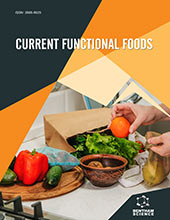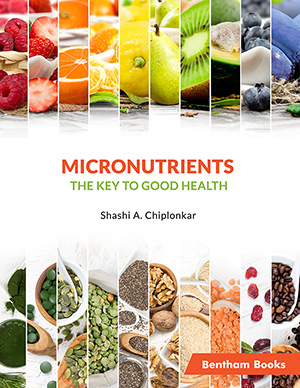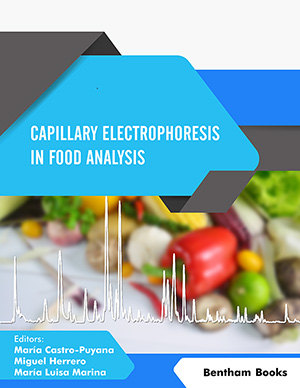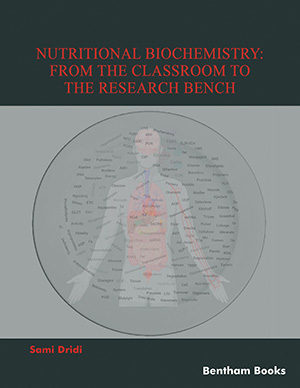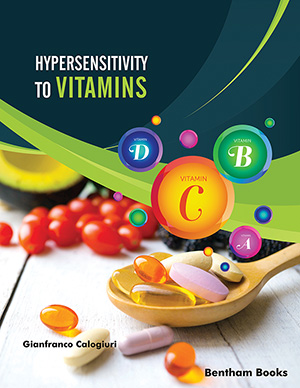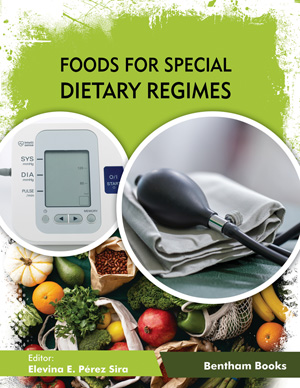
Abstract
Selenium (Se)-enriched yeast is a common form of Se for supplementation purpose. In this paper Se retention and metabolism in body, content in natural food and supplements have been introduced. Then recent investigations on the beneficial health effects of Se-enriched yeast addition to foods and impact of process variables in its production as well as, product characteristic, Se species, intended dietary use for Se-enriched yeast, bioavailability and stability have been reviewed. Finally safety of the yeast source in Se-enriched yeast, probable toxicity including acute and chronic toxicity have been discussed. Application of Se-enriched yeast, complying with the general product characteristics outlined in paper when used in food supplements is safe at the proposed intake levels, which upper bound total estimated daily intake for adults was calculated to be 150 µg as Se.
Keywords: Se-enriched yeast, product specifications, intended dietary use, bioavailability, toxicity.
Current Nutrition & Food Science
Title:Selenium-Enriched Yeast: As Selenium Source for Nutritional Purpose
Volume: 10 Issue: 1
Author(s): Saeideh Esmaeili and Kianoush Khosravi-Darani
Affiliation:
Keywords: Se-enriched yeast, product specifications, intended dietary use, bioavailability, toxicity.
Abstract: Selenium (Se)-enriched yeast is a common form of Se for supplementation purpose. In this paper Se retention and metabolism in body, content in natural food and supplements have been introduced. Then recent investigations on the beneficial health effects of Se-enriched yeast addition to foods and impact of process variables in its production as well as, product characteristic, Se species, intended dietary use for Se-enriched yeast, bioavailability and stability have been reviewed. Finally safety of the yeast source in Se-enriched yeast, probable toxicity including acute and chronic toxicity have been discussed. Application of Se-enriched yeast, complying with the general product characteristics outlined in paper when used in food supplements is safe at the proposed intake levels, which upper bound total estimated daily intake for adults was calculated to be 150 µg as Se.
Export Options
About this article
Cite this article as:
Esmaeili Saeideh and Khosravi-Darani Kianoush, Selenium-Enriched Yeast: As Selenium Source for Nutritional Purpose, Current Nutrition & Food Science 2014; 10 (1) . https://dx.doi.org/10.2174/157340131001140328115753
| DOI https://dx.doi.org/10.2174/157340131001140328115753 |
Print ISSN 1573-4013 |
| Publisher Name Bentham Science Publisher |
Online ISSN 2212-3881 |
Call for Papers in Thematic Issues
Bioactive compounds, functional foods, metabolism, and health
Nutrition, metabolism, and their intervention strategies have become focal points of interest in the study of metabolic syndrome and health. Bioactive compounds, phytochemicals, and functional foods play crucial roles in modulating metabolic processes and improving human health. Moreover, the composition of the gut microbiome is also believed to be closely ...read more
The Core Linkage Between Probiotics Encapsulation by the Natural Phytochemicals as Health and nutritional-related Functional Products: Recent Applications
The exploration of probiotics encapsulation through natural phytochemicals has emerged as a pivotal area of research, particularly in the context of health and nutrition. Probiotics, defined as live microorganisms that confer health benefits to the host, have gained considerable attention for their role in enhancing gut health, boosting the immune ...read more
Related Journals
 38
38
- Author Guidelines
- Graphical Abstracts
- Fabricating and Stating False Information
- Research Misconduct
- Post Publication Discussions and Corrections
- Publishing Ethics and Rectitude
- Increase Visibility of Your Article
- Archiving Policies
- Peer Review Workflow
- Order Your Article Before Print
- Promote Your Article
- Manuscript Transfer Facility
- Editorial Policies
- Allegations from Whistleblowers
- Announcements
Related Articles
-
Diagnostic Cardiac Catheterization in the Pediatric Population
Current Cardiology Reviews Proprotein Convertase Subtilisin/Kexin Type 9 (PCSK9) and LDL Lowering in the Contemporary Management of Dyslipidemia
Cardiovascular & Hematological Agents in Medicinal Chemistry Risk Profiles in Type 2 Diabetes (Metabolic Syndrome): Integration of IL-10 Polymorphisms and Laboratory Parameters to Identify Vascular Damages Related Complications
Current Pharmaceutical Design High-dose Cholecalciferol Supplementation Reducing Morning Blood Pressure in Normotensive DM1 Patients
Current Diabetes Reviews Nanoparticle-Based Gene Therapy Intervention for Stroke Treatment: A Systematic Review
Current Gene Therapy Risk Factors for Ischemic Heart Disease
Reviews on Recent Clinical Trials Antiviral Drug Discovery Targeting to Viral Proteases
Current Pharmaceutical Design The Crosstalk Between miRNA and Mammalian Circadian Clock
Current Medicinal Chemistry Atrial Fibrillation with a Focus on Oral Antiarrhythmic Therapy
Current Drug Therapy Hypoxia in Pre-Eclampsia: Cause or Effect?
Current Women`s Health Reviews Clinico-Pathologic Function of Cerebral ABC Transporters – Implications for the Pathogenesis of Alzheimers Disease
Current Alzheimer Research Testosterone and Cardioprotection Against Myocardial Ischemia
Cardiovascular & Hematological Disorders-Drug Targets Proinflammatory Cytokines and Sickness Behavior in Rheumatic Diseases
Current Pharmaceutical Design An Extract from Prickly Pear Peel (Opuntia ficus-indica) Affects Cholesterol Excretion and Hepatic Cholesterol Levels in Hamsters Fed Hyperlipidemic Diets
Current Bioactive Compounds Implantable Cardioverter-Defibrillators in Patients with ESRD: Complications, Management, and Literature Review
Current Cardiology Reviews The Influence of Microneedles on the Percutaneous Penetration of Selected Antihypertensive Agents: Diltiazem Hydrochloride and Perindopril Erbumine
Current Drug Delivery Blood-Brain Barrier Integrity and Glial Support: Mechanisms that can be Targeted for Novel Therapeutic Approaches in Stroke
Current Pharmaceutical Design Melatonin: Pharmacology, Functions and Therapeutic Benefits
Current Neuropharmacology Metabolic Aspects of Prion Diseases: An Overview
Current Drug Targets Impact of Computational Structure-Based Predictive Toxicology in Drug Discovery
Combinatorial Chemistry & High Throughput Screening





